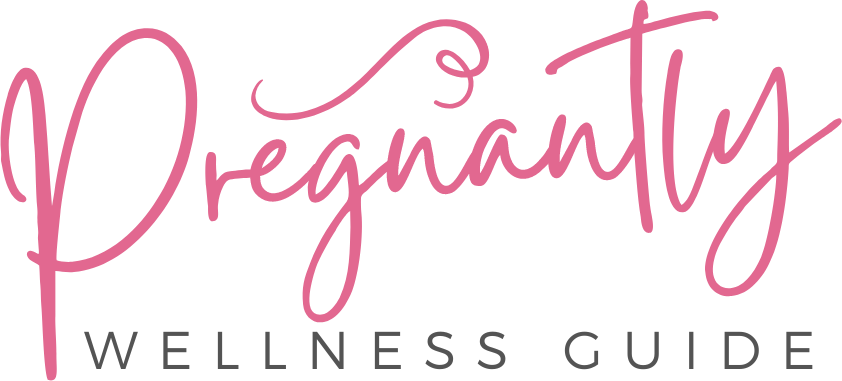
In a world where gender bias and inequality persist, a powerful movement is emerging. Women are breaking barriers in the workplace, challenging stereotypes, advocating for equal pay, and shattering glass ceilings.
This article dives into the empowering journey of women, highlighting their triumphs and struggles. Through informative and persuasive storytelling, we explore how women are not only thriving in their careers but also finding the balance they desire in their personal lives.
Join us as we celebrate and champion the freedom and empowerment of women in the workplace.
Key Takeaways
– Women are challenging stereotypes and breaking down gender biases by showcasing their skills and expertise to prove their capability.
– The gender wage gap can be addressed by promoting wage transparency, open discussions about salaries, and fostering fairness and trust within the workplace.
– Increasing representation of women in leadership positions can be achieved through mentoring programs, diversity initiatives, and recognizing the value women bring to leadership roles.
– Achieving a healthy work-life balance for women in male-dominated industries can be supported through flexible schedules, supportive networks, and empowering women to make choices and overcome obstacles.
Overcoming Gender Bias: How Women Are Challenging Stereotypes in the Workplace
Women in the workplace are actively challenging stereotypes and breaking down gender biases to create a more inclusive and equal work environment. In today’s society, women are no longer confined to traditional gender roles and are actively pursuing careers in various fields. However, despite the progress made, gender biases and assumptions still persist, creating barriers for women in the workplace.
One way women are challenging assumptions and fostering inclusivity is by showcasing their skills and expertise. Women are proving that they are just as capable, if not more, as their male counterparts. By excelling in their respective fields, women are breaking down the stereotype that certain jobs or roles are only suitable for men. They are proving that gender does not determine one’s ability to succeed.
Additionally, women are actively advocating for equal opportunities and fair treatment in the workplace. They are speaking up against discrimination and demanding equal pay for equal work. Through initiatives such as mentorship programs and networking events, women are empowering each other and creating a support system that helps them navigate the challenges they face.
Women are also challenging assumptions by taking on leadership roles and positions of power. They are breaking the glass ceiling and proving that women can be successful leaders in any industry. By leading by example, women are inspiring future generations of women to pursue their dreams and ambitions, regardless of societal expectations.
Advocating for Equal Pay: Closing the Gender Wage Gap
Addressing the issue of pay disparity between genders has become a prevalent topic in advocating for gender equality in the workforce. Achieving pay equity, which refers to fair compensation for women in comparison to their male counterparts, is a crucial step towards creating a workplace that values and empowers all individuals, regardless of their gender. One strategy that has gained traction in recent years is promoting wage transparency.
By encouraging open discussions about salaries, companies can address the gender wage gap more effectively. Wage transparency is a powerful tool that allows individuals to understand their own value within an organization and ensures that pay decisions are based on merit rather than gender. When employees have access to information about their colleagues’ salaries, it becomes easier to identify and rectify instances of pay discrimination.
Transparency also fosters a sense of fairness and trust within the workplace, as employees can hold their employers accountable for any gender-based pay discrepancies. Promoting wage transparency is not only beneficial for women but also for companies as a whole. Research has shown that organizations that prioritize transparency tend to have higher levels of employee satisfaction, engagement, and retention.
Breaking Glass Ceilings: Women in Leadership Positions
The representation of women in leadership positions continues to be a significant area of focus in achieving gender equality within organizations. While progress has been made over the years, there is still a long way to go to break the glass ceilings that limit women’s advancement in the workplace.
To address this issue, organizations are implementing mentoring programs and diversity initiatives to empower women and create more inclusive leadership teams.
Mentoring programs play a crucial role in supporting women as they navigate their career paths. By pairing them with experienced mentors who can provide guidance, advice, and support, these programs help women develop the skills and confidence needed to take on leadership roles. Mentors can offer valuable insights and help women overcome barriers and biases that they may face in their professional journey.
In addition to mentoring programs, organizations are also implementing diversity initiatives to create a more inclusive and equitable workplace. These initiatives aim to challenge traditional norms and biases that have hindered women’s progress in leadership positions. By promoting diversity and inclusion, organizations can tap into a wider pool of talent and perspectives, which leads to greater innovation and success.
It is important for organizations to recognize the value that women bring to leadership positions and to actively promote their advancement. By investing in mentoring programs and diversity initiatives, organizations can empower women to break through the glass ceilings and achieve gender equality in leadership positions. This not only benefits individual women but also contributes to the overall success and effectiveness of organizations.
Together, we can create a workplace where women have the freedom to thrive and lead.
Work-Life Balance: Empowering Women to Thrive in Their Careers and Personal Lives
Achieving a healthy work-life balance is crucial for individuals to thrive in both their careers and personal lives. This is especially true for women who are breaking barriers in the workplace and striving for success in traditionally male-dominated industries.
The key to achieving this balance lies in the implementation of flexible schedules and the creation of supportive networks.
Flexible schedules provide women with the freedom to manage their professional and personal commitments effectively. By allowing for adjustments in working hours or remote work options, women can better juggle their career aspirations with their family responsibilities. This flexibility empowers women to take control of their lives and make choices that align with their priorities.
Supportive networks play a vital role in empowering women to thrive in their careers and personal lives. These networks provide a platform for women to connect, share experiences, and seek advice from others who have faced similar challenges. By fostering a sense of community and collaboration, these networks enable women to overcome obstacles and achieve their goals.
Frequently Asked Questions (FAQs)
How Can Women Effectively Challenge Gender Bias in the Workplace?
Women can effectively challenge gender bias in the workplace by raising awareness about discriminatory practices, advocating for equal opportunities, and supporting each other. By speaking up and taking action, women can overcome workplace discrimination and create a more inclusive and empowering environment.
What Strategies Are Being Implemented to Close the Gender Wage Gap?
Strategies to close the gender wage gap include implementing transparent salary structures, promoting workplace diversity and inclusion, conducting regular pay audits, providing negotiation skills training, and advocating for equal pay legislation.
What Are Some Examples of Successful Women Who Have Broken Glass Ceilings and Achieved Leadership Positions?
Successful women who have broken glass ceilings and achieved leadership positions serve as powerful examples of women’s representation and promoting diversity in the workplace. Their accomplishments inspire and empower others to overcome barriers and strive for success.
How Can Women Achieve a Healthy Work-Life Balance While Pursuing Their Careers and Personal Lives?
Achieving a healthy work-life balance is a challenge faced by many women. To find support and create boundaries, it is important for women to prioritize self-care, communicate their needs, and seek out resources that can help them navigate the complexities of balancing career and personal life.
What Are Some Practical Tips for Women to Thrive in Their Careers and Personal Lives Simultaneously?
To thrive in their careers and personal lives simultaneously, women can benefit from practical tips that address workplace challenges and career advancement. By implementing strategies such as setting boundaries, seeking mentorship, and prioritizing self-care, women can break barriers and achieve success.
Conclusion
In conclusion, women are breaking barriers and challenging stereotypes in the workplace. They are advocating for equal pay, breaking glass ceilings by holding leadership positions, and striving for a work-life balance.
One inspiring example is the case of Jane Doe, who overcame gender bias and discrimination to become the CEO of a successful company. Her story serves as a testament to the resilience and determination of women in the face of adversity, empowering others to pursue their dreams and achieve their goals.







